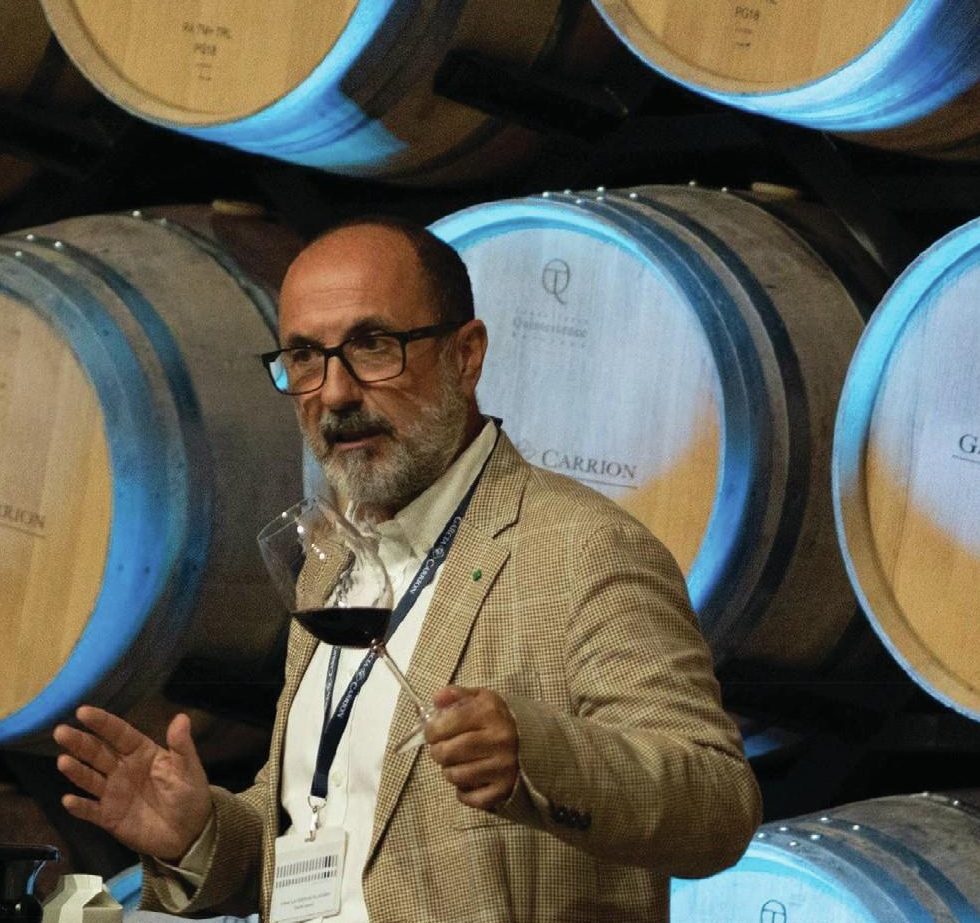Underrated, ungrafted, and organic: Jumilla
Having been best known for bulk wine in the past, Spain’s Jumilla region is now making a name for its ripe and generous reds at competitive prices, with organic and single-vineyard expressions coming to the fore.
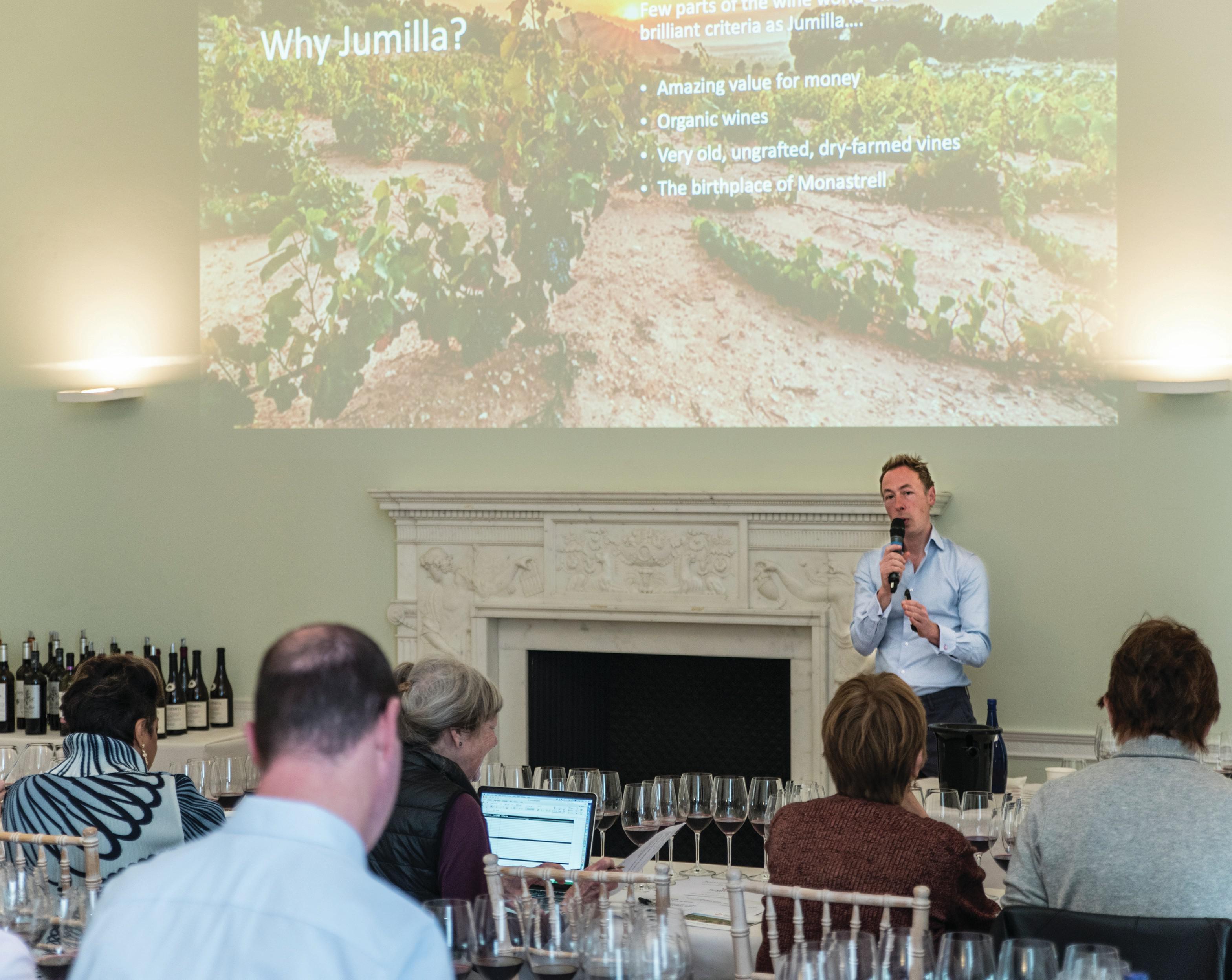
JUST DAYS before I delivered a masterclass on one of Spain’s most underrated wine regions, I had been writing about this nation’s relevancy in 2023.
Featuring on thedrinksbusiness.com, the article was entitled ‘Why Spanish wine could benefit from rising living costs’, and it focused on the country’s ability to provide delicious drops at low prices, something that should be favoured as people’s disposable incomes decline because of the rising cost of goods, among other factors.
Commenting that Spain is the source of some of the most affordable wine in the UK – and elsewhere – I began the masterclass by suggesting that buyers look more closely at the vinous opportunities in Spain, and, when doing so, they would do well to hone in on Jumilla. Pointing out that few parts of the wine world offer the same combination of positive elements as Jumilla, I picked out four main reasons to consider the region. These were: the value for money of the wines; the prevalence of certified organic viticultural practices; the existence of very old, dry-farmed vines, of which many are ungrafted; and the fact this is the birthplace of Monastrell – a grape that is hardy, heat-resistant, and capable of producing distinctive and generous reds and fine rosés.
While one can indeed turn to other parts of the wine world for ancient, ungrafted vines and native grapes – be they Cyprus, parts of Chile or South Australia – you’d struggle to also find good wines at low prices with organic certification from such places. But with Jumilla you can, as I discovered on a visit to the region in July 2020.
Located on Spain’s southeast coast, not far from Alicante, which, itself, is around 220 miles from Madrid, this is an area perhaps best known for the city of Valencia, or, among Brits, the seaside resort of Benidorm. Jumilla is a special place, containing Europe’s largest single area of ungrafted vines, with over 1,000 hectares of registered vineyards planted pie franco, representing around 5% of the 22,000ha total.
Having given a brief outline about the region’s strengths, and drawn attention to its location, it was time to look at Jumilla’s defining features in a little more detail, starting with the reasons why it offers such good wines for low prices. Part of this stems from Jumilla’s lack of fame – the growers and producers of Jumilla don’t have widespread recognition. This is connected with the historical fact that this part of Spain has been a major source of bulk wine, which has prevented the area building a reputation built around a regional brand. It may also be because there is little investment from outside the region, particularly from famous producers. However, in Jumilla there are some major businesses. One of these, a flagship for the region in terms of scope and scale, is Bodegas Juan Gil, but there are other big players with clout, such as Parajes del Valle, which is part of the García Pérez Group – a huge bulk-wine producer from Valencia. There’s also García Carríon, the producer of the Pata Negra wine brand and the owner of a pan-Spain collection of wineries, but a company that started life in Jumilla, where it still has roots with Bodegas 1890. Then there’s Bodegas Luzón, a professional, four-million-bottle-strong business, which is part of huge Spanish food concern Grupo Fuertes.
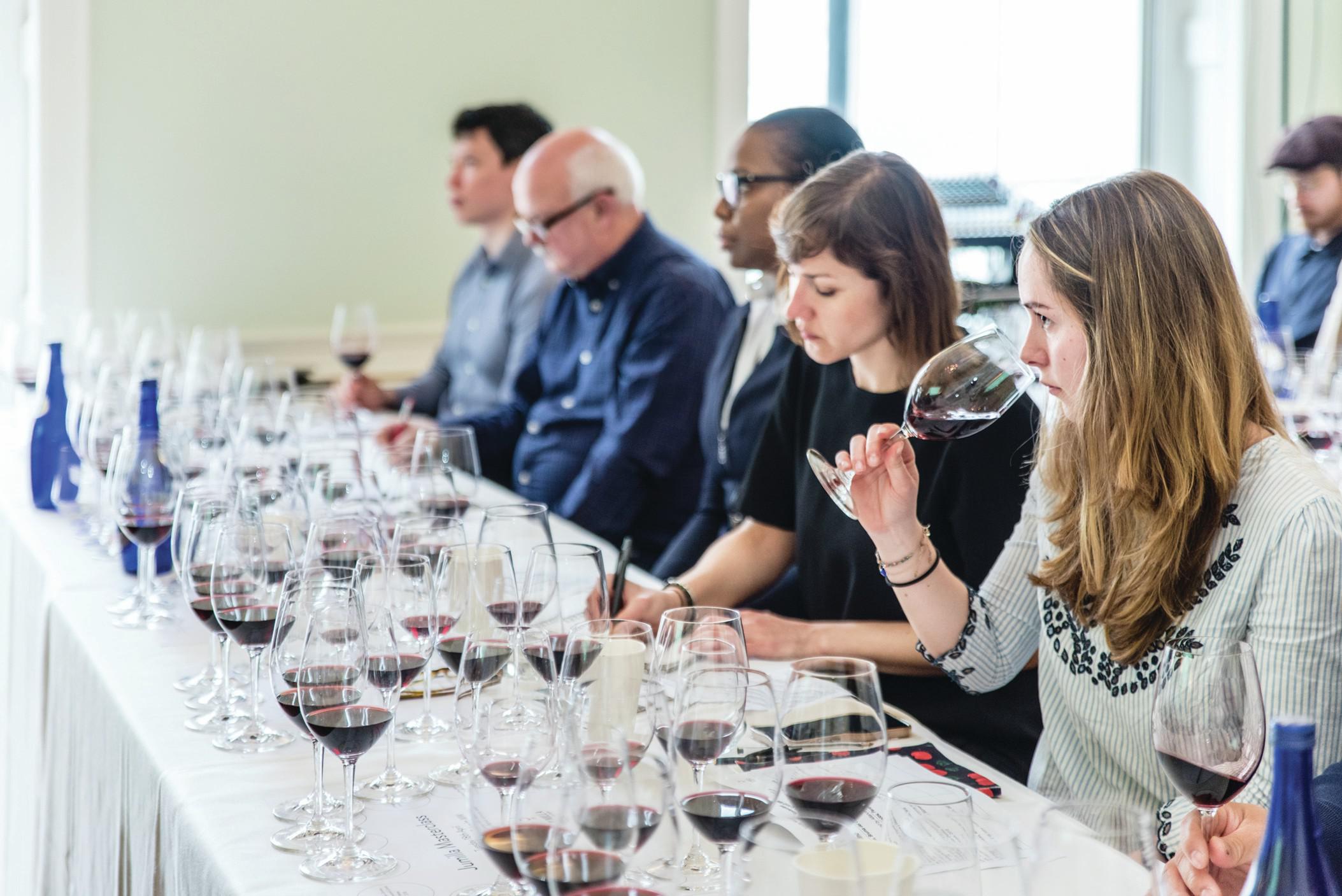
ORGANIC AND VEGAN
Finally, there’s the vast grower co-operative, BSI (Bodegas San Isidro), which unites 400 shareholders representing 1,400ha of vineyards, including the largest surface area of ungrafted vines in the world, with 450ha of ancient Monastrell. This winery is the source of the Carta Roja brand, a big seller in Sainsbury’s, as well as an impressive Monastrell with no added sulphur for the UK market, one that is also certified organic and vegan-friendly. In short, the scale of such producers, combined with the low-input wine-growing conditions of Jumilla, is one further reason why the region is able to produce ripe and generous reds at such competitive prices.
On top of such an advantage is the issue of organics. Jumilla is a region that is windy and dry – with around 300mm of annual rainfall – meaning there is little disease pressure on the vines. Producers, capitalising on this, not only choose to eschew chemical inputs, but also opt to get organic certification. Indeed, more than 75% of Jumilla’s vineyard area is certified organic, a higher proportion than in any other region in Spain, or Europe. In my view, this presents an important competitive advantage for Jumilla’s wines at a time when consumers are keen to buy organic produce, but not necessarily to pay a premium for the certification. With Jumilla, they can get the advantage of proven organic grape-growing methods, without having to fork out inflated sums.
As for the other advantages mentioned, a further key facet to Jumilla is the ungrafted plantings of old bush vines, primarily Monastrell. Jumilla’s combination of dry sandy soils and tough Monastrell vines prevent the root-sucking bug Phylloxera from damaging the plants, allowing the vine to root freely and deeply. This rare and qualitative approach to planting, known as pie franco, gives its name to Jumilla’s top wine, Pie Franco, made by Bodegas Casa Castillo, and considered to be Spain’s benchmark Monastrell.
It’s this grape that’s brings another strong point of difference to Jumilla. As much as 70% of the region’s vine area is comprised of Monastrell, a dark-skinned, rot-resistant grape variety that is native to this eastern part of Spain, and thrives in Mediterranean climates. Indeed, outside of Spain, it is found in southern France, where, called Mourvèdre, it’s prized for its role in the rosés of Provence and Bandol in particular, and as an important blending component in the reds of Châteauneuf-du-Pâpe.
Not only is the grape extraordinarily well adapted to the barren, hot, dry landscapes of Jumilla, particularly when trained as a bush vine, but also when the grapes are sourced from old, organically farmed vines, Monastrell yields concentrated and balanced reds, one in which blackberry and prune-like flavours are delivered, along with a bright acidity not normally found in wines with such richness. Such freshness is not only related to Monastrell’s late-ripening nature, but also the cool nights in Jumilla’s vineyards, which are located up to 1,000m above sea level. Beyond these key aspects to Jumilla, it’s important to note a few further elements to the region. Among them are the soils, which are commonly limestone-rich and rocky, with very little organic matter, while there are pockets of vines found on substrates of volcanic origin too.
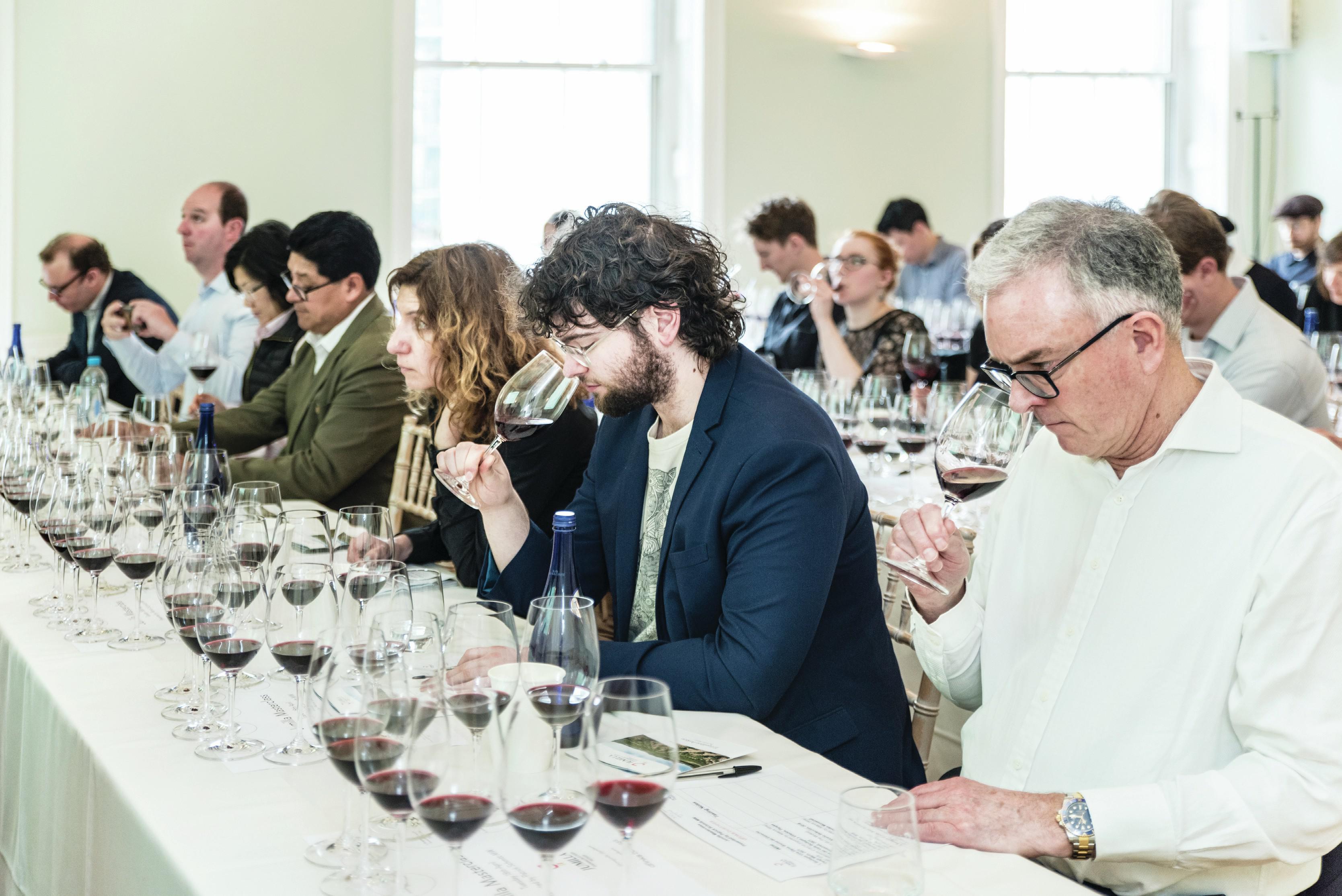
SINGLE-VINEYARD WINES
With very old vineyards and distinctive terroirs in Jumilla, more producers are choosing to make single-vineyard expressions in an attempt to capture the quality of Monastrell from particular places, as well as to draw attention to very old vineyards to raise their value – a large number of Jumilla’s old vines have been removed over recent decades due to their low yields. While a single-vineyard approach is not uncommon in Spain, it’s been notably absent in Jumilla until recently, because this region has been so strongly focused on making bulk wine – something it’s been successful with, thanks to its hardy sun-baked vines and grape-growing with minimal inputs.
Partner Content
It’s hoped that raising the profile and value of its greatest sites and oldest vineyards will secure winemakers’ futures – the region has lost many of its unique heritage vineyards to more profitable crops, such as pistachios and almonds.
Already, Jumilla has proved capable of producing fine wines, from the aforementioned Pie Franco to Divus from Bodegas Bleda, a French oak-matured red based on 60-year-old Monastrell, that’s been an icon for the region since it was launched in 2000.
The region is also home to the sort of youthful passion needed to fuel biodynamic practices and winemaking experimentation. Such a sign of fresh, energy is apparent at the biodynamic Bodega Cerron, where 26-year-old Carlos García is gradually rescuing relic vineyards of Jumilla, including historic ungrafted mixed plantings of white varieties, as well as very old Monastrell. Such work is of great value, because these vineyards ensure that Jumilla is much more than a bulk-wine-producing area, but a region with something unspoilt, unique, historic and delicious to offer the adventurous wine drinker. Not only that, but Jumilla brings all these advantages to the consumer without charging them the earth.

Jumilla in a nutshell
- Located around an hour ’s drive from Alicante, the historic wine-producing region of Jumilla receives just 300mm of rainfall annually, yet most of its vineyards (79%) are dry-farmed.
- The region’s flagship grape variety is Monastrell, which accounts for about 70% of total plantings in Jumilla, with Syrah, Tempranillo, Petit Verdot, Garnacha, and Cabernet Sauvignon also permitted under DO rules.
- A small quantity of white varieties are also planted, including Sauvignon Blanc, Chardonnay, Airén, and Malvasia.
- Because of the altitudinous nature of the region, with the highest sites climbing to 1,000m, fragrant aromas and delicate flavours of mountain herbs, including thyme, rosemary and fennel, are often present in Jumilla wines. The total area under vine is 22,000ha, with 90% of production being red wines, 4% rosé, 5% white and 1% sweet.
- The region sold 26.3m bottles in 2022, with 66% of its output exported.
- Among the many facets to Jumilla are four key points of difference. These are: the value for money of the wines, the prevalence of certified organic viticultural practices (75%); the existence of very old, dry-farmed vines, of which many are ungrafted; and the fact that this is the birthplace of Monastrell – a grape that is hardy, heat-resistant, and capable of producing distinctive and generous reds and fine rosés.
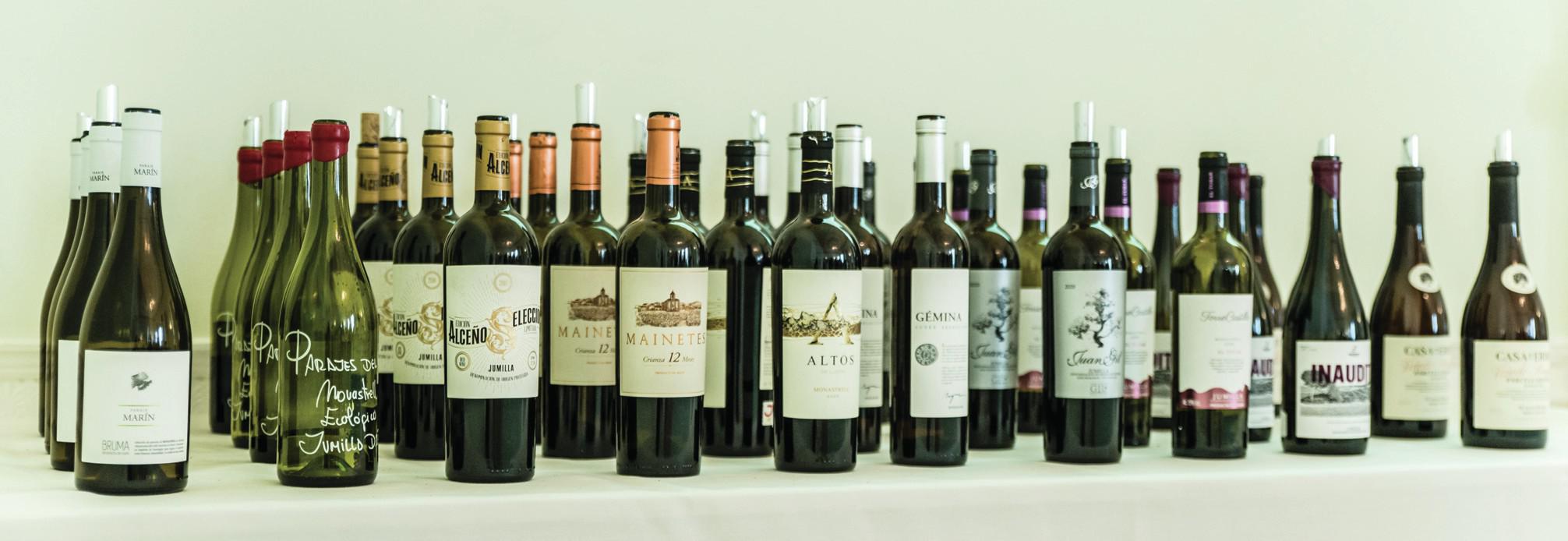
The wines
The following wines were tasted at the masterclass, which was held on 18 April at Asia House in London.
1. Bruma del Estrecho, Paraje Marin, 2021, Bodegas Viña Elena
2. Parajes del Valle Monastrell, 2021, Parajes del Valle Bodegasy Viñedos
3. Alceno Seleccion, 2018, Bodegas Alceno
4. Mainetes Monastrell Crianza 12 Meses, 2018, Bodegas San Dionisio
5. Altos De Luzón, 2020, Bodegas Luzón
6. Gémina Cuvée Selección, 2019, Bodegas BSI
7. Juan Gil Silver Label, 2020, Bodegas Juan Gil
8. Torrecastillo El Tobar, 2019, Bodegas Torrecastillo
9. Inaudita 2021, Doble de Perez Microbodega
10. Casa De La Ermita, Parcela Los Pinos Monastrell, 2021 Organic, Esencia Wines
Related news
Castel Group leadership coup escalates
For the twelfth day of Christmas...
Zuccardi Valle de Uco: textured, unique and revolutionary wines

